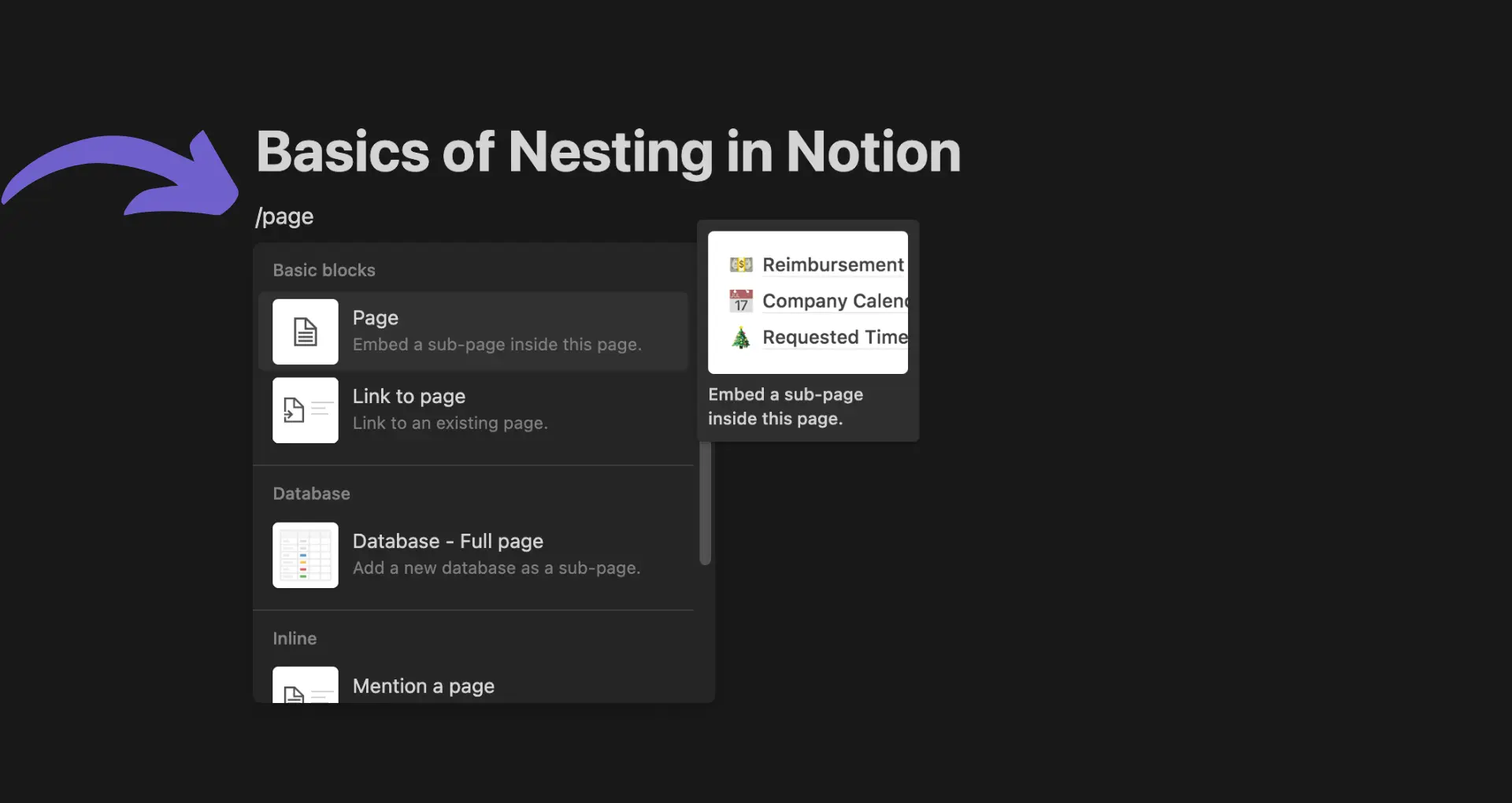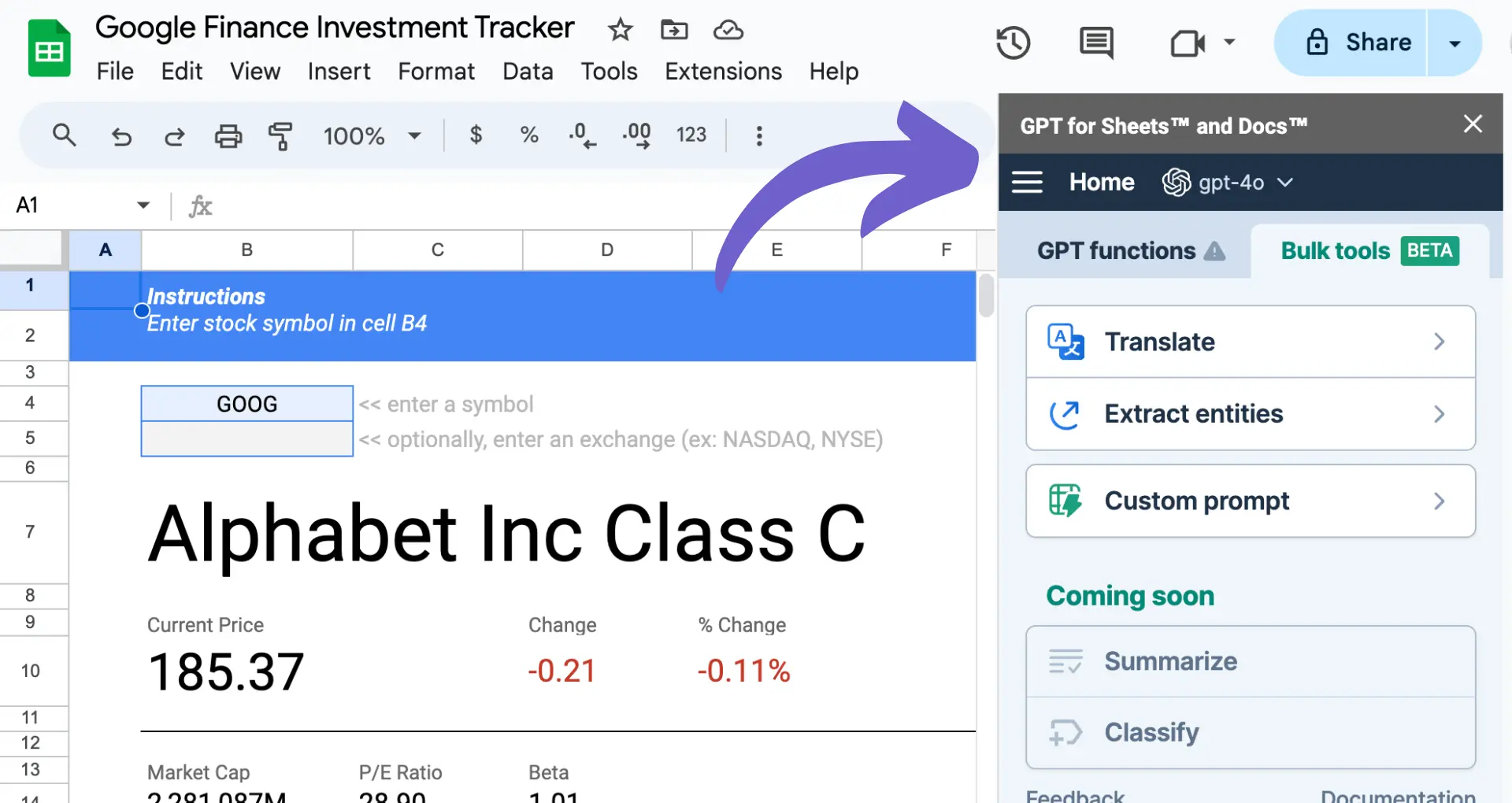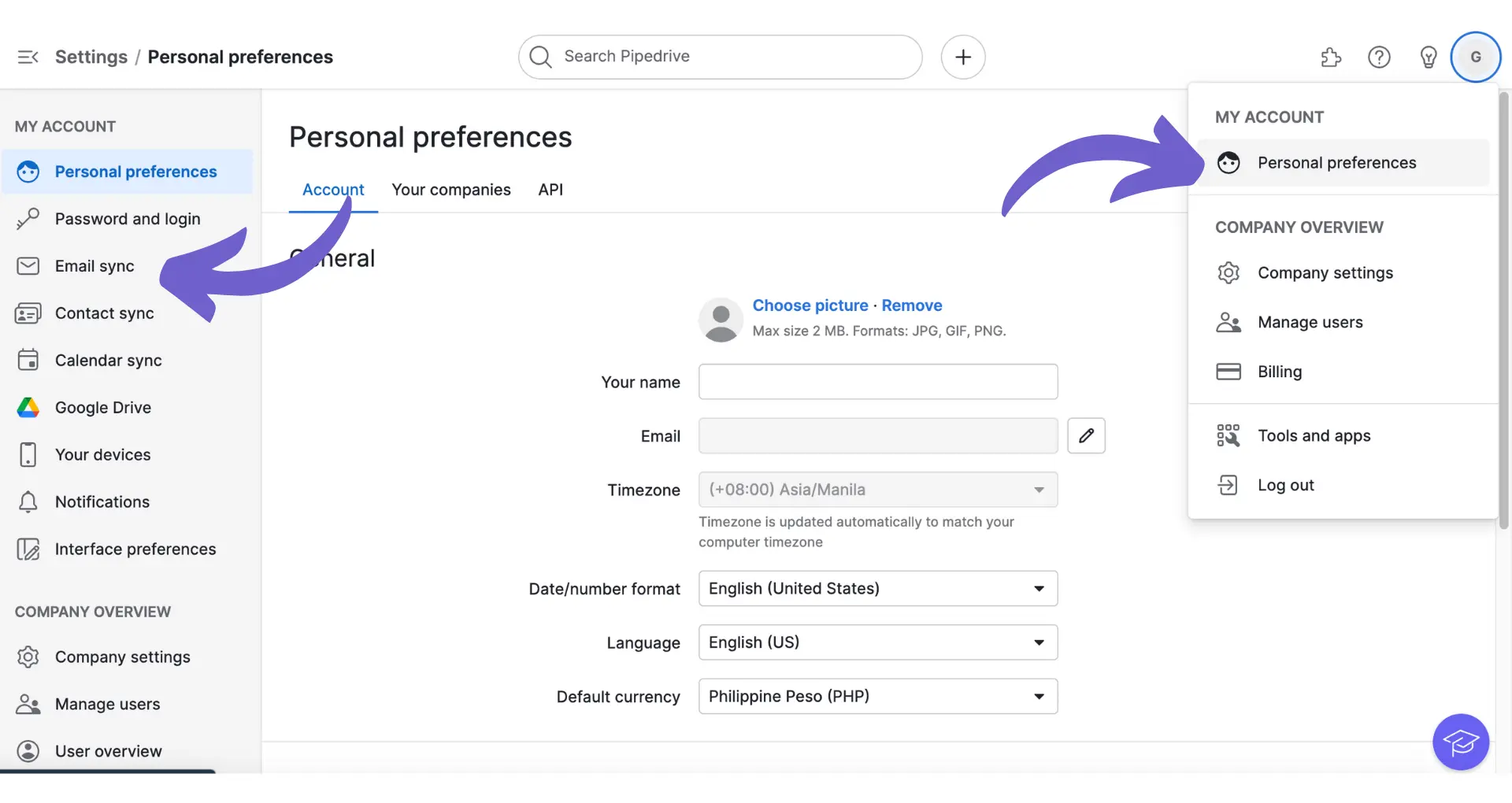Adding users to your HubSpot account is a crucial step in building an efficient and collaborative team. In this step-by-step guide, we'll walk you through the process of adding users, configuring their permissions, and managing their access levels. By the end of this article, you'll have a clear understanding of how to onboard new team members and ensure they have the right tools and permissions to succeed in their roles.
Understanding HubSpot User Access Levels
HubSpot offers a hierarchy of user roles and permissions to control access to various features and tools within the platform. The main user roles include:
- Super Admin: Has full access to all HubSpot features, settings, and tools. Can add, edit, and delete users and assign permissions.
- Admin: Has extensive access to HubSpot features but may have some restrictions based on the assigned permissions.
- Standard User: Has limited access to HubSpot features based on the assigned permissions and their role within the organization.
It's essential to understand the implications of different access levels when adding new users to your HubSpot account. By assigning the appropriate user roles and permissions, you can ensure that each team member has access to the tools and data they need to perform their tasks effectively while maintaining the security and integrity of your HubSpot account. Learn more about sales prospecting tools to enhance your team's performance.
Preparing to Add Users to Your HubSpot Account
Before adding users to your HubSpot account, it's crucial to complete some preliminary steps to ensure a smooth onboarding process. First, set up any necessary integrations with third-party tools or systems to automate sales prospecting tasks. This may include connecting your CRM, email marketing platform, or other essential tools.
Next, review your account configuration settings to ensure they align with your organization's needs. This includes defining default properties, customizing deal stages, and setting up any required custom fields or properties.
To streamline the user addition process, take the time to organize your team structures and permissions in advance. Consider the following:
- Determine which user roles and access levels are appropriate for each team member based on their responsibilities.
- Group users into teams based on their departments or functions to simplify permission management.
- Create custom permission sets for specific user groups to grant access to relevant tools and data.
By planning your team structure and permissions beforehand, you can add users more efficiently and ensure they have access to the resources they need from day one.
For a more detailed setup, consider building a prospect list to improve your outreach.
Save time and improve your outreach by using automation tools from Bardeen. These tools help you focus on important tasks while automating repetitive ones.
Step-by-Step Process to Add New Users
Adding new users to your HubSpot account is a straightforward process. Follow these steps to add users individually or in bulk:
- Navigate to your HubSpot account settings by clicking the settings icon in the top navigation bar.
- In the left sidebar menu, click on "Users & Teams."
- Click the "Create user" button in the upper right corner.
- Choose one of the following methods to add users:
- Email address: Enter the email addresses of the users you want to add, separating each address with a comma or space.
- CSV file: Import users from a CSV file. Create a file with an "Email" column containing the email addresses of your users and save it in CSV format. Click "A CSV file," then drag and drop your file or click "choose file" to select it from your computer.
- Integrations: If you have integrated HubSpot with NetSuite, Microsoft Dynamics 365, Pipedrive, Zoho, or Salesforce, you can import users directly from these platforms.
- Set up user access levels by assigning seats and permissions. Choose from Core, Sales Hub, Service Hub, View-Only, or Partner seats based on the user's role and access requirements.
- Select how to set user permissions, either by using seat permissions, making the user a Super Admin, starting with a template, or customizing permissions from scratch.
- Review the user access and seat assignments to ensure the permissions are correct.
- Click "Create user" to finalize the process.
After creating the user, you can further customize their access by adding them to teams, assigning presets (Professional and Enterprise only), or saving custom permission sets (Enterprise only).
New users will receive a welcome email to set their password and log in. If a user doesn't receive the email within five minutes, check their junk or spam folder, confirm the email address is correct and active, and ensure your IT team isn't blocking HubSpot emails.
Configuring User Permissions and Access
After adding new users to your HubSpot account, the next step is to configure their permissions and access levels. This ensures each user has the appropriate level of access to tools and data based on their role and responsibilities.
To set and customize user permissions:
- Navigate to Settings > Users & Teams in your HubSpot account.
- Click on a user's name to open their profile.
- In the user's profile, click the "Access" tab.
- Under "Permissions," click "Edit permissions."
- Customize the user's access to specific tools and data by toggling permissions on or off for each category (e.g., CRM, Marketing, Sales, etc.).
- For more granular control, expand each category to set specific permissions for individual tools and actions.
- Click "Save permissions" when finished.
For larger teams, HubSpot offers permission sets (available in Professional and Enterprise accounts) to streamline user access management. Permission sets allow you to create predefined sets of permissions that can be assigned to multiple users at once, saving time and ensuring consistency across user roles. Discover more about automating sales processes to enhance your team's efficiency.
Bardeen can help you connect Google Sheets effortlessly to manage your data. Automate tedious tasks and focus on what matters most.
To create a permission set:
- Go to Settings > Users & Teams.
- Click the "Permission Sets" tab.
- Click "Create permission set."
- Give the permission set a name and description.
- Customize the permissions for the set by toggling access on or off for each category and tool.
- Click "Create" to save the permission set.
Utilize Bardeen's features to enrich your data, ensuring efficient data management and better decision-making.
Once created, permission sets can be assigned to new or existing users, allowing you to quickly update access levels for multiple users simultaneously. Learn how to enrich your data for better management.
Regularly review user permissions to ensure they align with each user's current role and responsibilities. As team members change roles or leave the company, update their permissions accordingly to maintain data security and integrity.
Best Practices for Managing Users in HubSpot
Effective user management is crucial for maintaining data security and ensuring a smooth workflow within your HubSpot account. Here are some best practices to follow:
- Regularly review user access and activity logs to identify any unusual or unauthorized activity. This helps you stay on top of potential security risks and address them promptly.
- Assign user permissions based on the principle of least privilege, granting users only the access they need to perform their job functions. This minimizes the risk of accidental or intentional misuse of data.
- Use teams and groups to organize users and streamline access management. By grouping users with similar roles and responsibilities, you can easily assign and update permissions for multiple users at once.
- Establish a clear process for onboarding new users and offboarding departing employees. Ensure that new users receive appropriate training on HubSpot's features and best practices for email management, while promptly removing access for employees who leave the company.
- Implement strong password policies and encourage users to use unique, complex passwords. Consider enabling two-factor authentication for an extra layer of security.
- Regularly communicate with your team about the importance of data security and the proper handling of sensitive information within HubSpot.
By following these best practices, you can effectively manage user access, maintain data security, and optimize your team's use of HubSpot's features.
Troubleshooting Common Issues with User Invitations
When adding new users to your HubSpot account, you may encounter some common issues that can hinder the onboarding process. Here are a few problems you might face and how to resolve them:
- Undelivered email invitations: If a user reports not receiving the invitation email, first check that the email address was entered correctly. If the address is correct, ask the user to check their spam or junk mail folder. If the email is still missing, try resending the invitation from within HubSpot.
- Access denials: If a user is unable to access their account after accepting the invitation, ensure that the correct user permissions have been assigned. Double-check that the user's email address matches the one associated with their HubSpot account.
- Expired invitations: HubSpot user invitations expire after 48 hours. If a user tries to accept an expired invitation, they will be prompted to request a new one. As an admin, you can easily resend the invitation from the Users & Teams settings.
- Invitation not accepted: If a user hasn't accepted their invitation, send a friendly reminder and ensure they understand the importance of accessing their HubSpot account. If needed, you can also resend the invitation.
By addressing these common issues promptly and effectively, you can automate sales prospecting and ensure a smooth onboarding experience for new users and minimize disruptions to your team's workflow.
Bardeen can help you proactively follow up with users and track invitation status. Use the automated workflows to save time and keep your team focused on important tasks.






